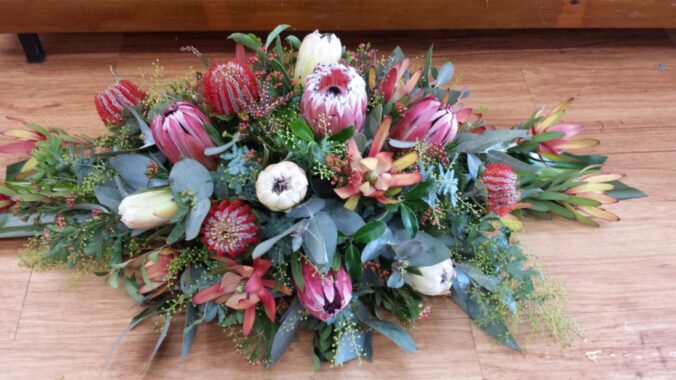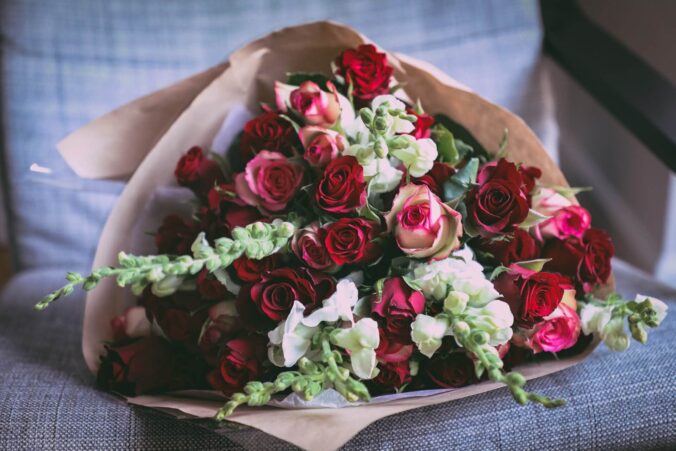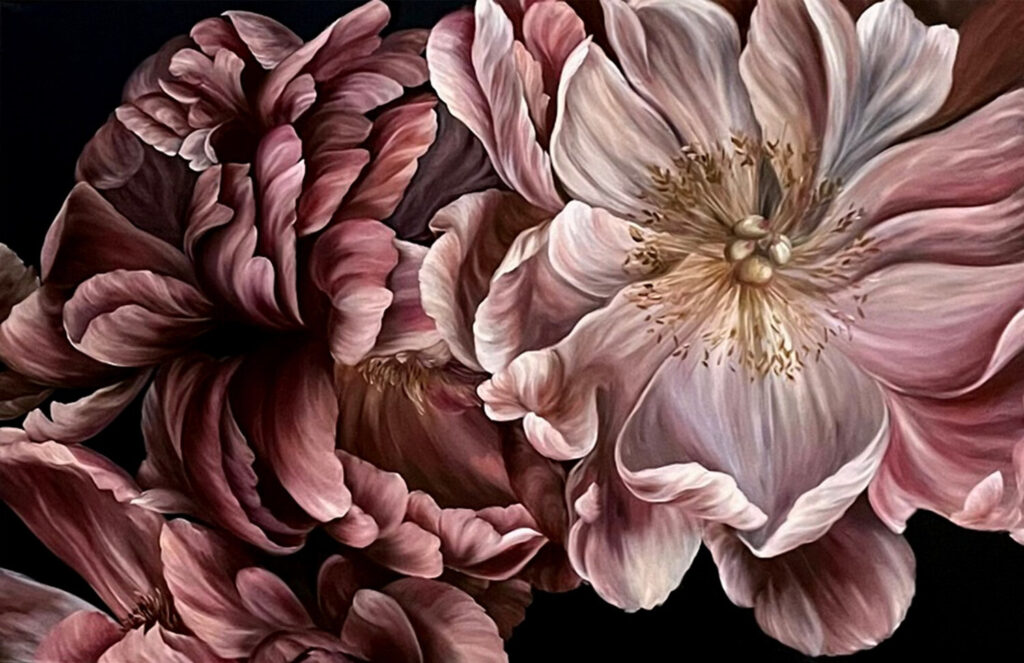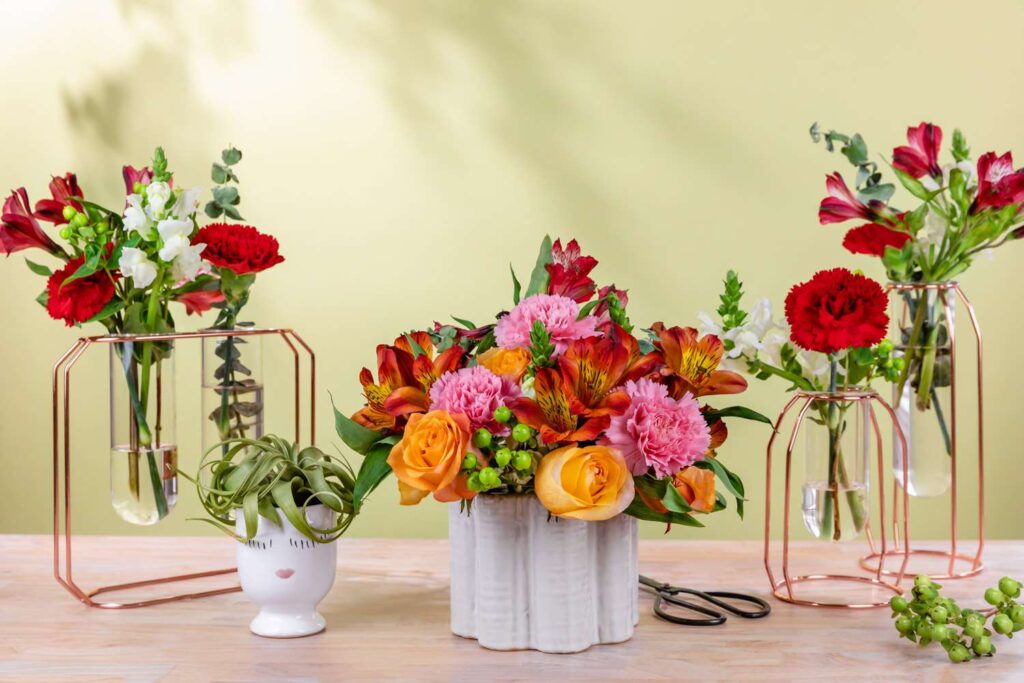Losing a loved one can be an incredibly difficult and emotional experience. During these times of grief, sympathy flowers have long been a way to offer solace and peace to those who are mourning. Understanding the role of sympathy flowers, choosing the right ones, and knowing how to arrange and deliver them can all help to provide comfort during this challenging period.
Understanding the Role of Sympathy Flowers
The tradition of giving funeral flowers Sydney dates back centuries and is found in cultures around the world. The act of giving flowers during times of loss is a way to show support and offer condolences to the grieving family. It is a gesture that allows us to express our sympathy and share in their sorrow.
The Tradition of Giving Sympathy Flowers
In many cultures, sympathy flowers have a long-standing tradition. They are seen as a way to pay respects to the deceased and show support to the bereaved family. The act of sending flowers helps to create a sense of community and togetherness during times of loss.
Furthermore, the types of flowers chosen for sympathy arrangements often carry symbolic meanings. For example, lilies are commonly associated with the restoration of innocence for the departed soul, while roses symbolize love and respect. Understanding these symbolic meanings adds depth to the gesture of sending sympathy flowers, making it a thoughtful and meaningful expression of condolences. Click here for the role of funeral flowers in honouring loved ones.
The Emotional Impact of Sympathy Flowers
Sympathy flowers have a profound emotional impact on both the giver and the recipient. For those who have lost a loved one, receiving flowers can bring a sense of comfort and remind them that they are not alone in their grief. The beauty and fragrance of the flowers can provide a moment of peace and solace during a time of intense sadness.
Moreover, the act of selecting and arranging sympathy flowers can be a therapeutic process for the sender. It allows them to channel their emotions into creating a meaningful tribute for the departed and their family. The process of choosing the right flowers and composing a thoughtful arrangement can be a way for the sender to express their own feelings of sympathy and support in a tangible and heartfelt manner.
Choosing the Right Sympathy Flowers
When selecting sympathy flowers, there are several factors to consider. It’s important to choose flowers that are appropriate for the occasion and that will bring comfort to the recipient. The choice of flowers can vary based on personal preferences, cultural traditions, and religious customs.
Sympathy flowers have a long history of being used to express condolences and support during times of loss and mourning. The act of sending flowers dates back centuries and is a way to show care and empathy towards those who are grieving. Flowers have a unique way of conveying emotions and can provide a sense of peace and beauty in difficult times.
Factors to Consider When Selecting Flowers
When choosing sympathy flowers, consider the personality and preferences of the deceased. Some people may have had a favorite flower or color that holds special meaning to them. Taking these factors into account can help create a more personalized and meaningful tribute.
It’s also important to consider the cultural background and beliefs of the recipient when selecting sympathy flowers. Different cultures have varying traditions and meanings associated with certain flowers, so being mindful of these customs can show respect and understanding during a sensitive time.
Popular Choices for Sympathy Flowers
While there is no one-size-fits-all approach to sympathy flowers, there are some popular choices that are commonly used. Lilies, roses, carnations, and chrysanthemums are often selected for their beauty and symbolism in expressing condolences and consolation.
Each type of flower carries its own significance and can convey different messages of love, sympathy, and remembrance. Lilies, for example, are often associated with purity and renewal, making them a fitting choice for honoring the memory of a loved one. Roses, with their timeless beauty, symbolize love and respect, while carnations are often chosen for their lasting fragrance and representation of admiration. Chrysanthemums, known for their resilience and longevity, are a symbol of support and loyalty during times of grief.
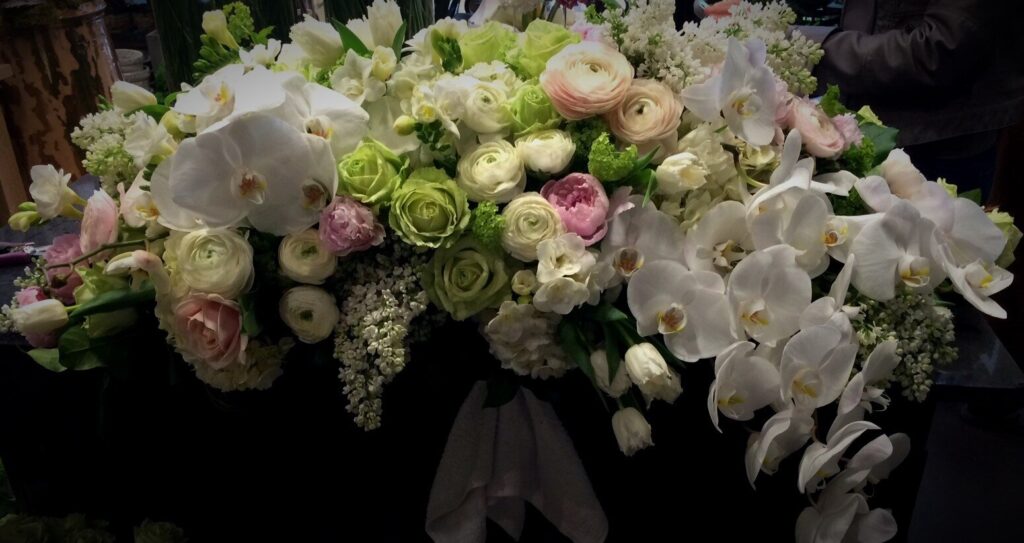
The Language of Sympathy Flowers
Sympathy flowers have their own language, with each type of flower symbolizing different emotions and sentiments. Understanding the symbolism and meaning behind these flowers can help convey your feelings effectively and respectfully.
When selecting sympathy flowers, it’s essential to consider the preferences and cultural significance of the recipient. Different cultures may have varying interpretations of flower symbolism, so it’s important to choose blooms that are appropriate and meaningful in the context of the recipient’s beliefs and traditions.
Symbolism and Meaning Behind Different Flowers
For example, lilies are often associated with purity and the restoration of innocence. Roses, particularly white ones, symbolize purity, love, and reverence. Carnations represent love and remembrance, while chrysanthemums are connected to grief and are commonly used in funeral arrangements.
Additionally, the way flowers are arranged can also convey different messages. A cascading arrangement may symbolize the passage of time and the cycle of life, while a circular wreath can represent eternity and the everlasting nature of memories.
Conveying Your Feelings Through Flowers
Choosing the right combination of flowers can convey specific emotions and sentiments. For instance, a bouquet of white flowers can symbolize purity and peace, while a mix of vibrant colored flowers can represent celebration of life and remembrance.
It’s also important to consider the personal preferences of the deceased or their family when selecting sympathy flowers. Some individuals may have had a favorite flower or color that holds special significance, making it a thoughtful choice to incorporate these personal touches into the floral arrangements.
Arranging and Delivering Sympathy Flowers
When it comes to arranging and delivering sympathy flowers, there are certain tips and etiquette to keep in mind. Properly arranging the flowers and respecting the wishes and cultural practices of the recipient is essential to ensure a meaningful gesture.
Sympathy flowers have a long history of being a comforting and thoughtful way to express condolences during times of loss and grief. The act of carefully selecting and arranging flowers can convey a message of support and care when words may fall short. Each flower holds its own symbolism, with lilies often representing purity and rebirth, while roses symbolize love and remembrance. By choosing the right combination of blooms, you can create a floral arrangement that not only honors the deceased but also provides solace to those mourning.
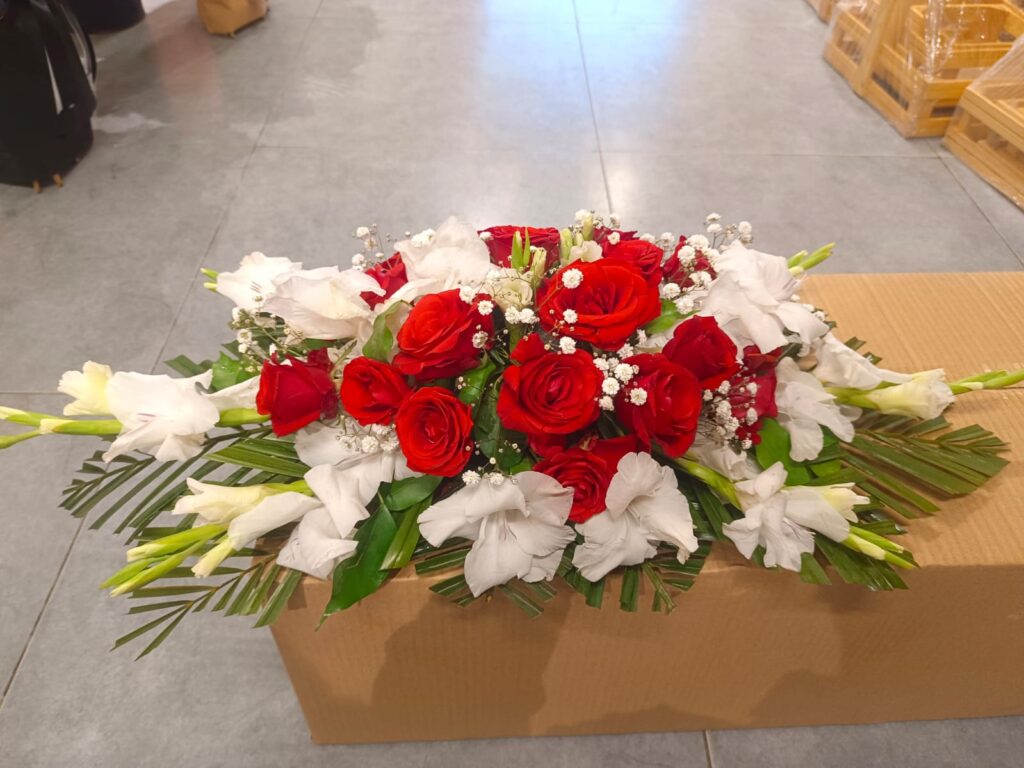
Tips for Arranging Sympathy Flowers
Consider arranging the flowers in a tasteful and elegant manner. Use a mix of different types of flowers and greenery to create texture and depth. It can also be thoughtful to include a personalized note or card expressing your condolences.
When selecting flowers for a sympathy arrangement, opt for colors and varieties that convey a sense of peace and serenity. Soft pastel hues like pale pinks, lavender, and white are often associated with tranquility and can bring a sense of calm to the recipient. Additionally, incorporating fragrant blooms such as jasmine or eucalyptus can provide a comforting scent that adds another layer of soothing comfort to the space.
Etiquette for Delivering Sympathy Flowers
When delivering sympathy flowers, it is important to consider the timing and the wishes of the grieving family. Some cultures may have specific traditions or preferences regarding the presentation of flowers. It is essential to respect these customs and deliver the flowers with sensitivity and compassion.
Before sending or delivering sympathy flowers, take the time to research any cultural or religious practices that may impact your floral arrangement. For example, in some traditions, certain flowers may hold negative connotations or colors may have specific meanings associated with death. By being mindful of these nuances, you can ensure that your gesture of sending sympathy flowers is well-received and truly honors the memory of the departed.
Sympathy Flowers for Different Cultures and Religions
It is important to recognize and understand that different cultures and religions have their own unique practices and customs when it comes to sympathy flowers. Being aware of these differences can help ensure that your gesture is respectful and appropriate.
Understanding Cultural Differences in Flower Giving
In some cultures, certain flowers or colors may have specific meanings or may be considered inappropriate for times of mourning. For example, white flowers are typically associated with death and funerals in many Western cultures, while in Eastern cultures, they symbolize purity and mourning.
Moreover, in Hispanic cultures, marigolds are commonly used in Day of the Dead celebrations to honor deceased loved ones. These vibrant orange flowers are believed to attract spirits to the offerings placed on altars. Understanding these cultural nuances can help you choose the most fitting sympathy flowers for individuals from diverse backgrounds.
Respecting Religious Practices with Sympathy Flowers
Religious practices can also influence the choice and arrangement of sympathy flowers. Different religions may have their own customs and traditions regarding floral tributes. It is crucial to respect these practices and follow the appropriate guidelines when selecting and presenting flowers.
For instance, in Hindu traditions, it is customary to avoid sending white flowers to a family in mourning, as white is a color associated with purity and is often used in joyful celebrations like weddings. Instead, marigolds or red flowers are considered more appropriate choices for expressing condolences. By being mindful of these religious sensitivities, you can convey your sympathy in a culturally respectful manner.
Offering sympathy flowers is a meaningful way to provide comfort and support during difficult times. By understanding the role of sympathy flowers, choosing the right ones, and respecting cultural and religious practices, we can offer solace and peace to those who are grieving. In times of loss, the beauty and symbolism of flowers can serve as a reminder of the love and support that surrounds us.
